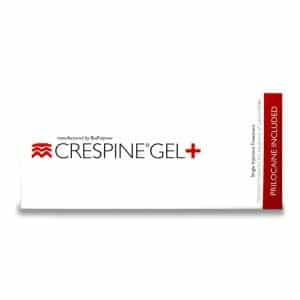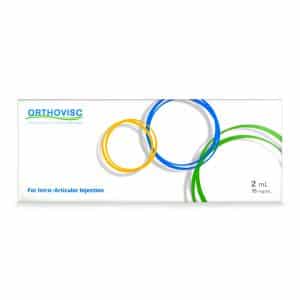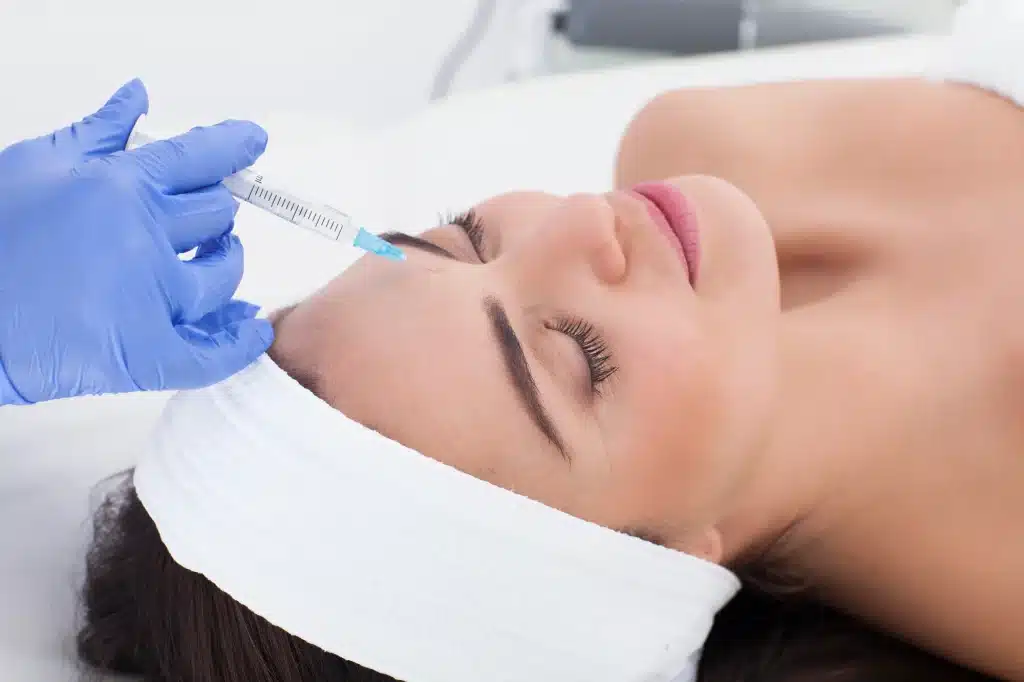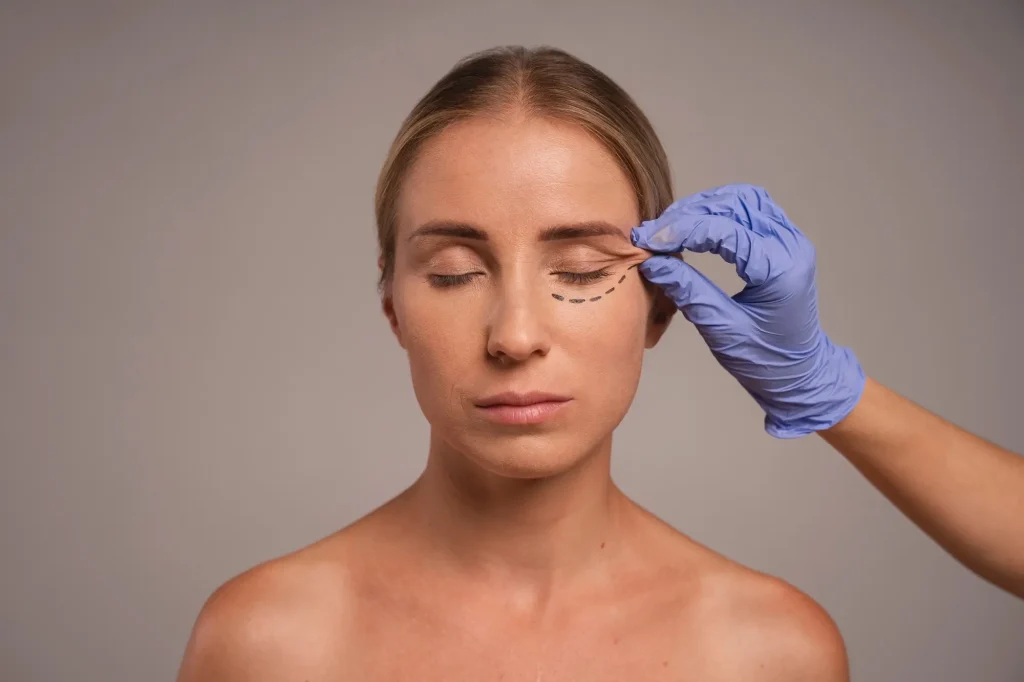Osteoarthritis is a widespread joint disorder, impacting millions globally, particularly individuals over 50. Common causes include aging, repetitive joint use, and obesity, often leading to pain, stiffness, and reduced mobility. As this condition continues to affect quality of life, innovative treatments are being developed to provide relief and restore functionality.
One such advancement is Crespine Gel, a hyaluronic acid-based injectable designed to address joint discomfort. By lubricating and cushioning the joints, it effectively reduces pain and improves mobility, offering patients a minimally invasive alternative for managing osteoarthritis symptoms.
In this article, we’ll discuss the Crespine Gel side effects, what patients can expect during treatment, and essential tips to ensure safe and effective outcomes.
Key Takeaways
- Like other hyaluronic acid injectables, Crespine Gel may cause temporary redness, swelling, and mild discomfort at the injection site.
- Some patients report pain during or after the injection, though this is usually mild and resolves within a few hours or days.
- While rare, some individuals might experience allergic reactions, including rash, itching, or swelling beyond the injection site.
- There’s a slight chance of developing an infection, especially if proper aftercare instructions are not followed.
- Crespine Gel is contraindicated in individuals with hypersensitivity to hyaluronic acid or lidocaine, as well as during pregnancy or breastfeeding.
About: Medical Spa RX provides medical practices with premium products at the best prices. If you’re looking to buy Crespine for your practice, the sales representatives at Medical Spa RX can give you guidance.
Common Side Effects of Crespine Gel
Crespine Gel is a hyaluronic acid-based injection to alleviate joint pain, particularly in osteoarthritis. While generally well-tolerated, it can cause temporary side effects. Below are some common side effects most patients may encounter following the treatment:
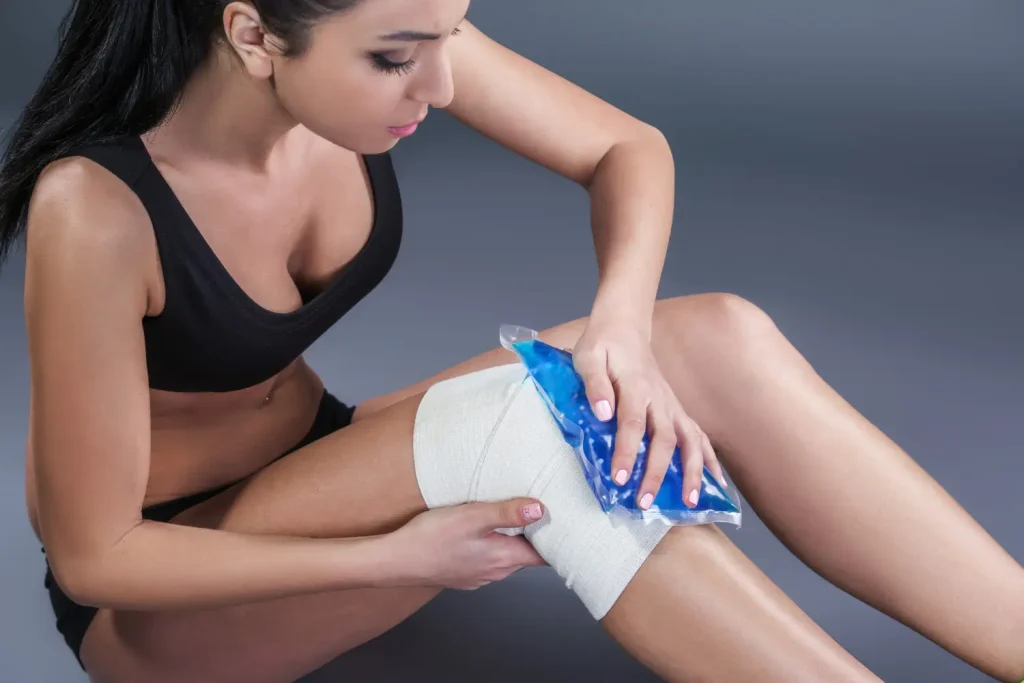
- Swelling: One of the more frequent side effects of Crespine Gel is swelling, which typically appears at the injection site. This often lasts a few days to a week and can be minimized with correct administration of the recommended Crespine Gel dose.
- Redness: Redness is also common around the injection site. This may be accompanied by mild swelling and tenderness. Such symptoms usually resolve within a few days as part of the body’s natural healing process.
- Mild Pain at the Injection Site: Many individuals report mild pain following the injection, though it is usually short-lived and often resolves in a few days. Applying cold compresses can help relieve the pain and speed up recovery.
Less Common Side Effects of Crespine Gel
While Crespine Gel is a medical treatment that can relieve specific joint conditions, it may cause side effects in some people like all treatments. Understanding these potential reactions can help ensure prompt care and safety.

- Allergic Reactions: Though uncommon, allergic reactions to Crespine Gel can include rashes, hives, or itching. In rare cases, these may escalate to anaphylaxis, a severe and potentially life-threatening condition requiring immediate medical attention.
- Infection: This often occurs at the injection site and is rare but serious. Symptoms like redness, swelling, and fever may occur. If these signs appear, seeking medical care promptly is crucial to prevent further complications.
- Irritation: Mild irritation, such as discomfort or itching, can happen after the gel is injected. This typically resolves quickly, and cold packs can help relieve the symptoms. Proper injection techniques reduce this risk.
It’s essential to monitor any side effects after using Crespine Gel. If you experience any concerning symptoms, contact your healthcare provider immediately to ensure the best care and avoid complications.
Minimizing Crespine Gel Side Effects
Minimizing side effects from Crespine Gel depends on proper injection technique and post-treatment care. Skilled healthcare providers ensure accurate injection, reducing the risk of issues like swelling or pain. To further minimize discomfort after the injection:
- Cold Packs: Apply cold packs to the injection site to reduce swelling and inflammation.
- Pain Relief: Over-the-counter painkillers, like ibuprofen, can help manage mild soreness.
- Rest: Avoid vigorous exercise or heavy physical activity for 48 hours to allow the joint to heal.
- Elevation: Elevate the treated area to reduce irritation and improve blood circulation.
- Watch for Infections: Look for signs of infection, such as increased redness, warmth, or fever, and seek medical help if necessary.
Regular check-ups with your healthcare provider are essential for tracking progress and addressing any concerns. Following these guidelines can ensure a safe, effective treatment with Crespine Gel.
Managing Crespine Gel Side Effects
Crespine Gel effectively relieves joint pain, but managing potential side effects like swelling, redness, or discomfort is crucial for a safe and positive treatment experience. Here are some tips:
- Ice the Injection Site: Applying ice can help reduce swelling and ease discomfort after the injection.
- Pain Relief: Over-the-counter pain medications, like ibuprofen or acetaminophen, can help alleviate mild pain. Always follow your doctor’s advice.
- Hydrate: Drinking plenty of water helps your body process the gel and manage any mild side effects.
- Watch for Infections: If you notice fever, increasing redness, or warmth at the injection site, seek medical help promptly.
- Monitor for Allergies: If you experience rashes, itching, or difficulty breathing, contact your healthcare provider immediately.
Conclusion
Crespine Gel is an effective option for relieving knee pain and improving joint function. While most patients tolerate the treatment well, mild side effects such as swelling, redness, or pain at the injection site can occur. In rare cases, more serious complications like allergic reactions or infections may arise.
Ensuring proper injection techniques and following aftercare recommendations are essential to minimize risks and promote a successful outcome. By understanding potential side effects and working closely with a qualified healthcare provider, patients can experience a safer and more effective treatment journey with Crespine Gel.
FAQs
1. What is Crespine Gel?
Crespine Gel is a hyaluronic acid-based injection used to relieve joint pain, particularly in the knee, due to osteoarthritis.
2. How does Crespine Gel work?
It supplements natural hyaluronic acid in the joint, improving lubrication, reducing pain, and increasing mobility.
3. What are the common side effects of Crespine Gel?
Swelling, redness, or pain at the injection site are common side effects.
4. Can Crespine Gel cause allergic reactions?
Though rare, allergic reactions such as rash, itching, or swelling can occur.
References
World Health Organization. Osteoarthritis. Published July 14, 2023. https://www.who.int/news-room/fact-sheets/detail/osteoarthritis/
Roth E. 7 common causes of osteoarthritis. Healthline. Published May 5, 2020. https://www.healthline.com/health/common-causes-osteoarthritisKnee gel injections (Viscosupplementation). Cleveland Clinic. Published September 10, 2024. https://my.clevelandclinic.org/health/procedures/knee-gel-injections-viscosupplementation

